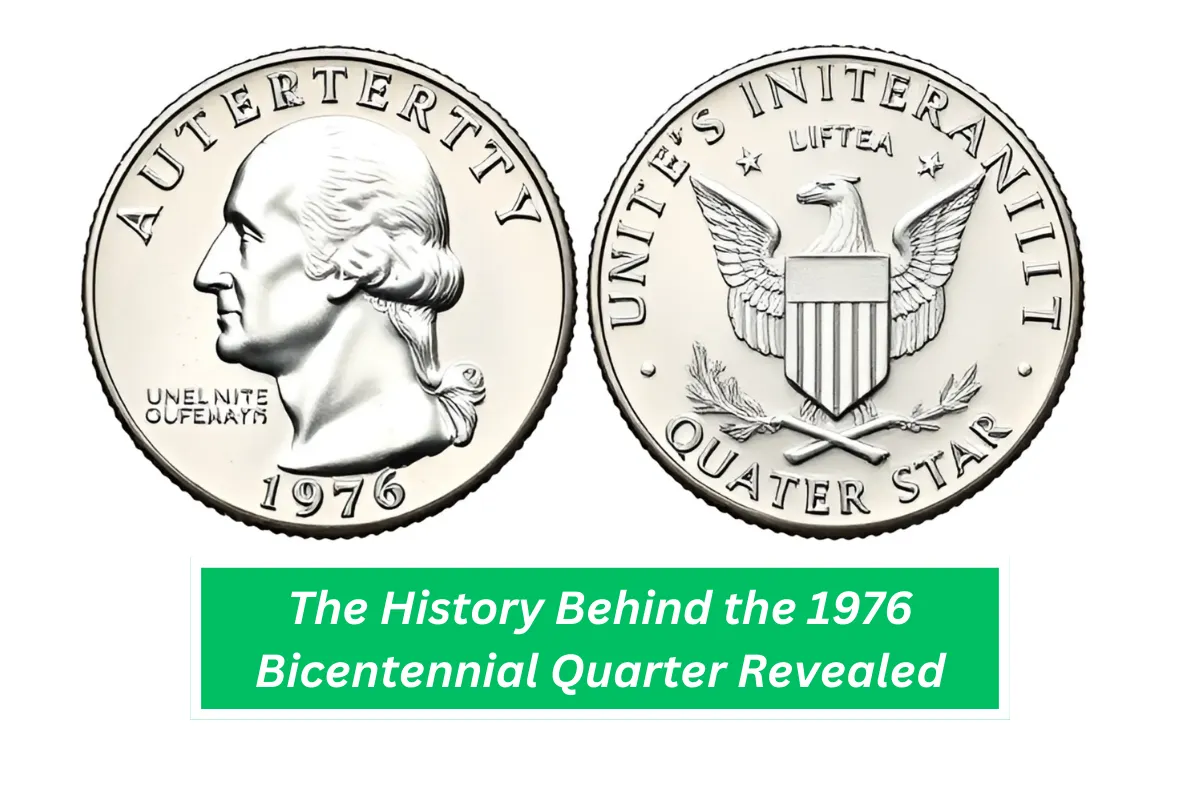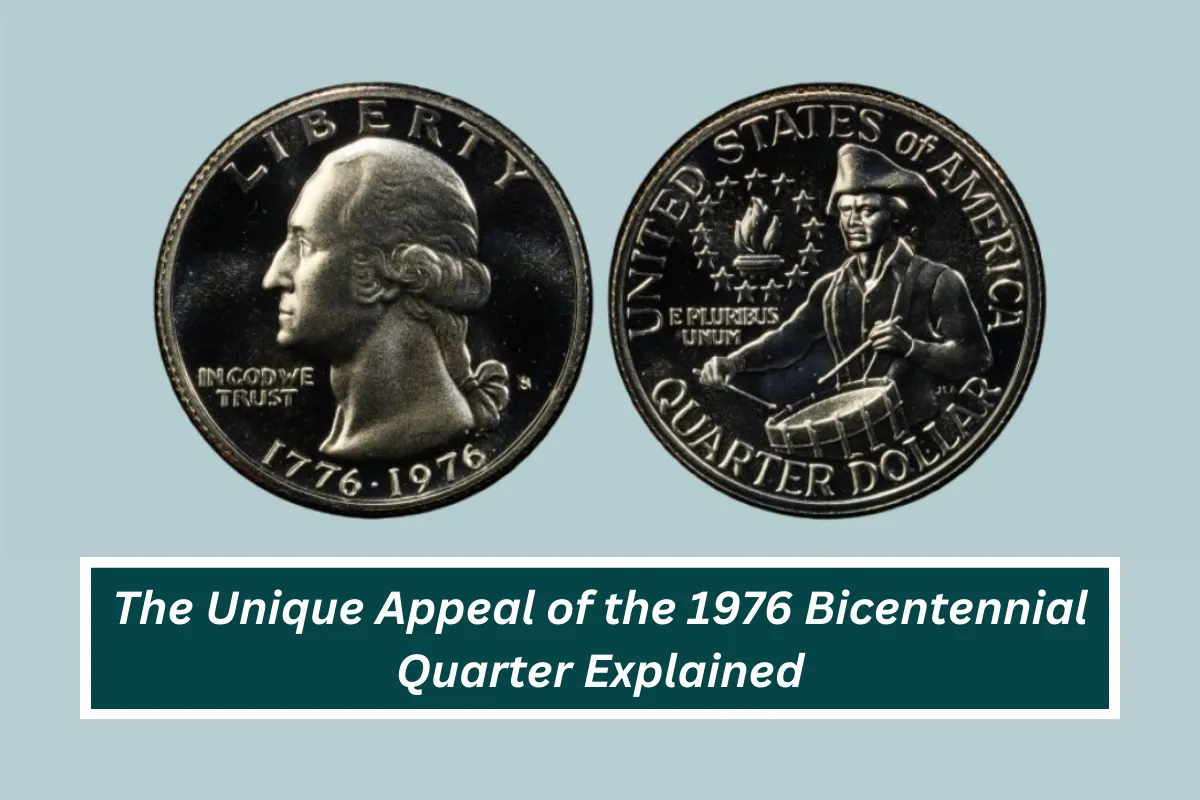Saving for retirement can be tough these days because the market is always changing and budgets are tight. But there are ways to make sure you’re saving enough for the future, especially with changes made by the Secure Act 2.0.
This law, passed in 2022, helps workers save more for retirement by raising limits on 401(k) contributions and making catch-up contributions easier for older workers.
What is a 401(k) Plan?
A 401(k) plan is a retirement savings plan offered by many employers. Employees can have money automatically taken out of their paycheck and placed into their 401(k), which grows over time.
Some employers also offer a matching contribution, meaning they add extra money to the employee’s account.
Changes to 401(k) Contributions Under Secure Act 2.0
The Secure Act 2.0 makes big changes to help workers save more for retirement. One key change is that workers aged 50 or older can now contribute more money to their 401(k) plans than younger workers.
Starting in 2025, workers aged 60 to 63 can contribute even more—up to $10,000 or 150% of the standard catch-up limit, whichever is higher.
What Are Catch-Up Contributions?
Catch-up contributions allow older workers to put more money into their 401(k) plans. For 2024, workers aged 50 and above can contribute an extra $7,500 on top of the standard $23,000 limit. This helps older workers save more money as they get closer to retirement.
Why Are Catch-Up Contributions Important?
According to a CNBC poll, about 4 in 10 workers are behind on saving for retirement. The Secure Act 2.0 can help fix this problem by allowing older workers to save more as they approach retirement.
However, many eligible workers still don’t take full advantage of catch-up contributions. In 2023, only about 15% of eligible workers made catch-up contributions, even though this option could make a big difference in their retirement savings.
Roth Catch-Up Contributions
One important change with the Secure Act 2.0 is how catch-up contributions are taxed. Workers who make more than $145,000 per year must contribute to a Roth 401(k) account, which is an after-tax account.
These workers still have one more year (until 2026) to make catch-up contributions to pre-tax accounts before the rule changes.
The Secure Act 2.0 makes important changes to help workers save more for retirement. Whether you’re near retirement or just starting to save,
understanding how these new rules work can help you make the most of your 401(k) plan and catch-up contributions. Taking advantage of these opportunities can help you build a stronger financial future.

























